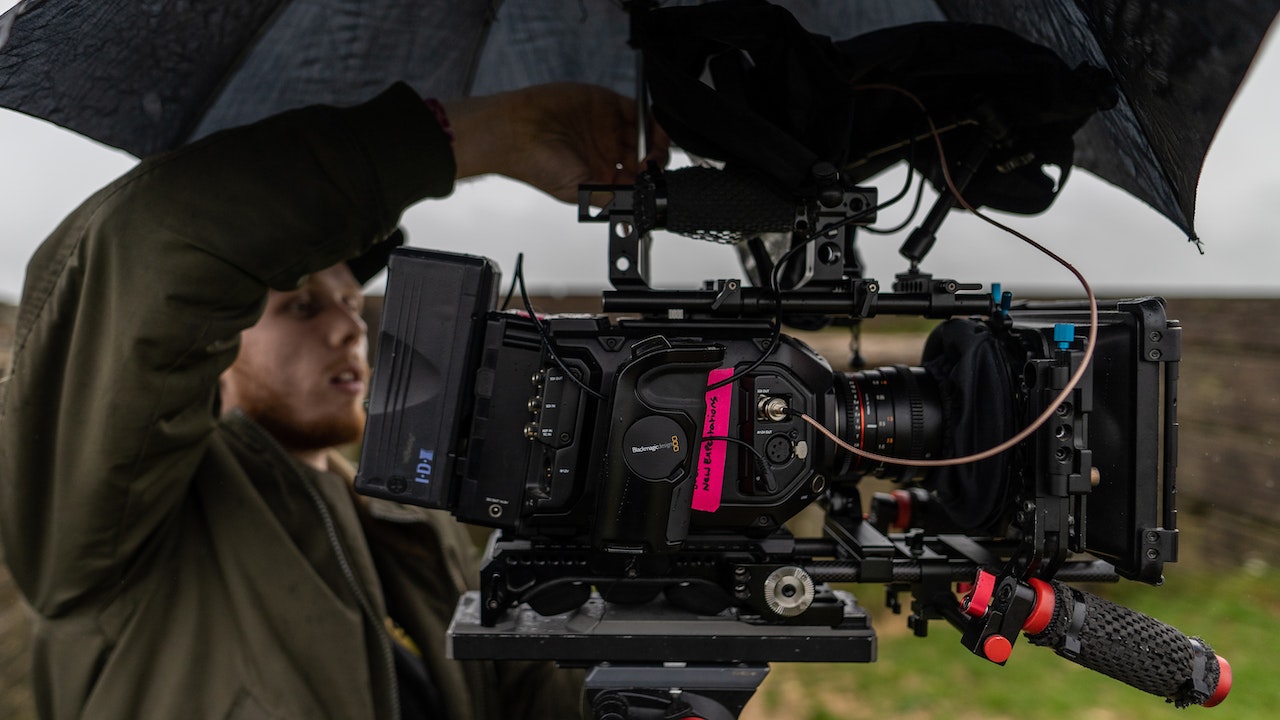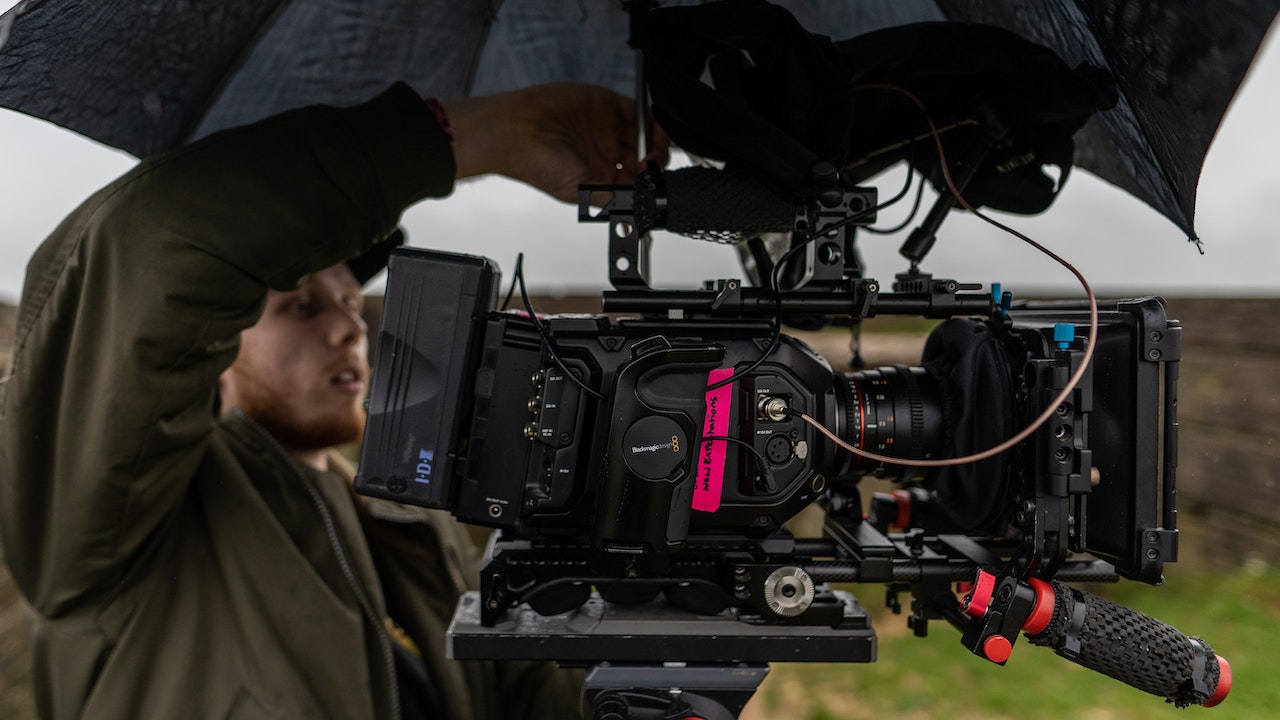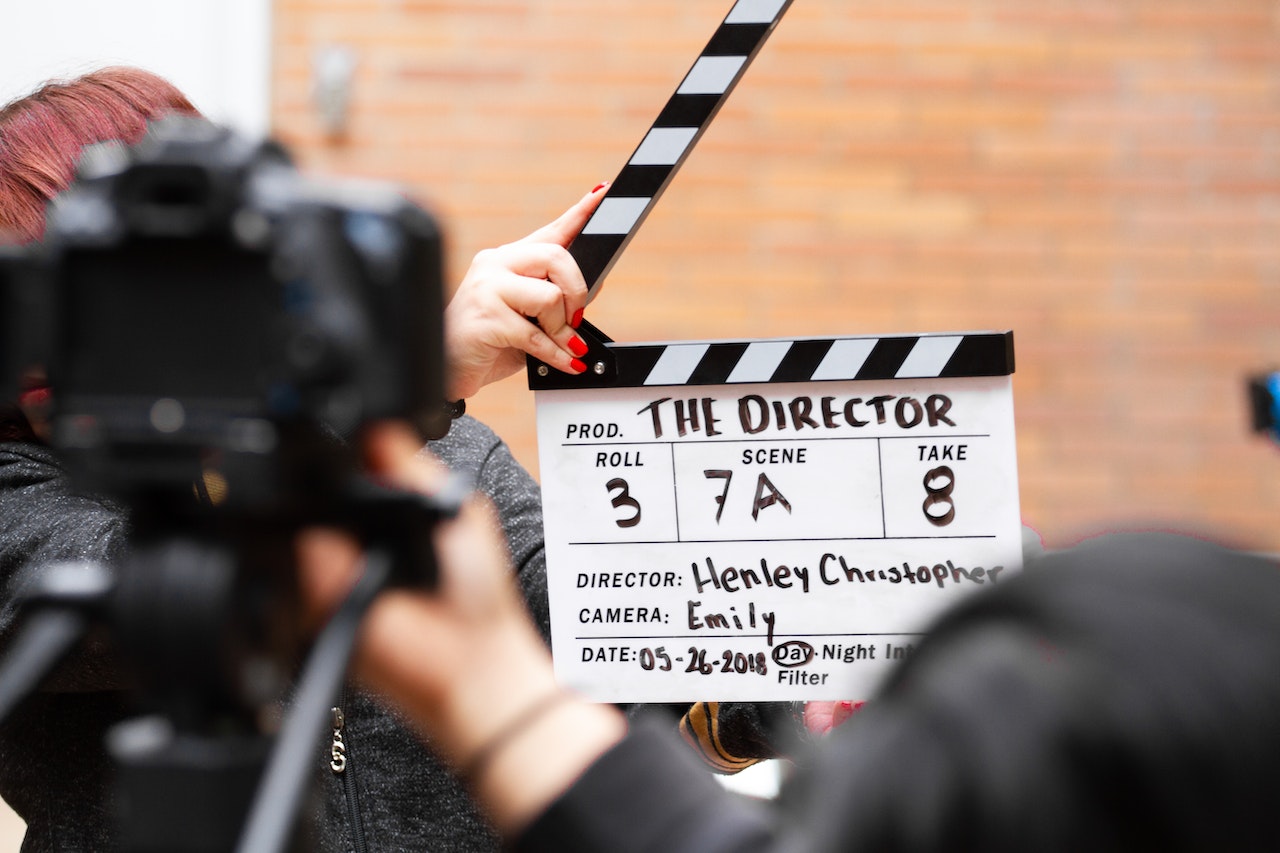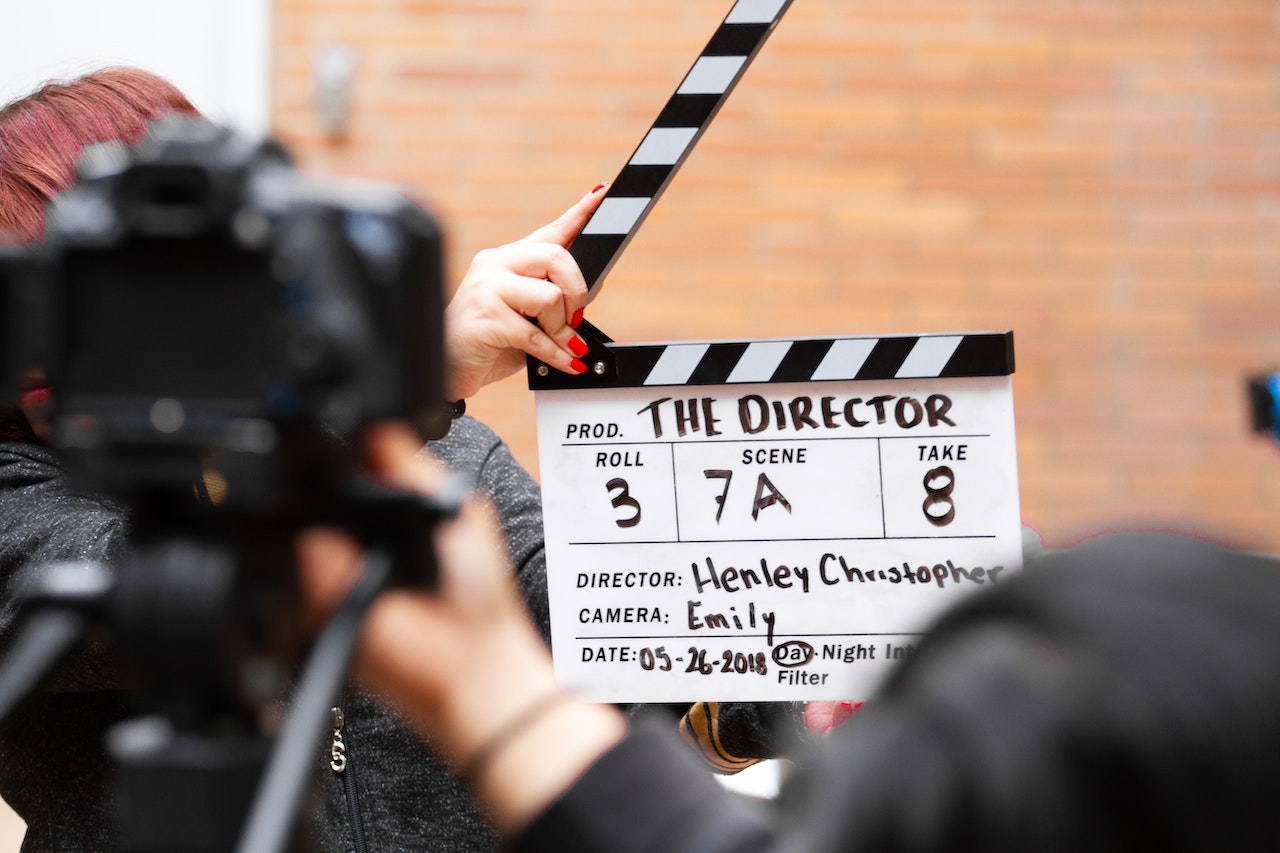Film Theory and Analysis: Deconstructing Narratives and Visual Language
Lights, camera, action! Welcome to the dazzling world of film theory and analysis, where we dive deep into the magic of movies. In this article, we'll explore how films captivate audiences through compelling narratives and the art of visual language. So grab your popcorn, find a comfortable seat, and prepare to dissect the secrets behind the silver screen.
Film Theory and Analysis: Deconstructing Narratives and Visual Language
Lights, camera, action! Welcome to the dazzling world of film theory and analysis, where we dive deep into the magic of movies. In this article, we'll explore how films captivate audiences through compelling narratives and the art of visual language. So grab your popcorn, find a comfortable seat, and prepare to dissect the secrets behind the silver screen.


Unveiling the Storytelling Craft
Behind the Scenes of Narrative Construction
Every great film begins with a captivating story. Here's a glimpse behind the scenes of narrative construction:
1. Three-Act Structure: Most films follow a three-act structure, consisting of setup, confrontation, and resolution. This framework provides a cohesive narrative flow that keeps audiences engaged.
2. Character Development: Characters are the heart and soul of any story. Effective character development brings them to life, making viewers emotionally invested in their journeys.
3. Conflict and Tension: Conflict drives the plot forward and creates tension that keeps audiences on the edge of their seats. Whether it's internal struggles or external obstacles, conflict is the spice that adds flavor to the story.
Unveiling the Storytelling Craft
Behind the Scenes of Narrative Construction
Every great film begins with a captivating story. Here's a glimpse behind the scenes of narrative construction:
1. Three-Act Structure: Most films follow a three-act structure, consisting of setup, confrontation, and resolution. This framework provides a cohesive narrative flow that keeps audiences engaged.
2. Character Development: Characters are the heart and soul of any story. Effective character development brings them to life, making viewers emotionally invested in their journeys.
3. Conflict and Tension: Conflict drives the plot forward and creates tension that keeps audiences on the edge of their seats. Whether it's internal struggles or external obstacles, conflict is the spice that adds flavor to the story.
The Power of Visual Language
Painting Pictures with Light and Motion
Visual language is the secret ingredient that makes films a feast for the eyes. Here's how it works:
1. Cinematography: Cinematographers use camera angles, framing, and movement to capture stunning visuals that evoke emotions and enhance storytelling. From wide shots to close-ups, each shot is carefully composed to convey meaning.
2. Color Palette and Lighting: Color and lighting play a vital role in setting the mood and atmosphere of a film. Warm tones create a sense of comfort, while cool tones evoke mystery or tension. Lighting can highlight characters or create dramatic shadows, enhancing the visual narrative.
3. Editing and Montage: Through the art of editing, filmmakers craft the pace, rhythm, and flow of a film. Montage sequences can compress time or convey complex ideas through a series of carefully arranged shots.
Decoding Film Genres
From Thrillers to Rom-Coms—Exploring Genre Conventions
Film genres provide a framework that helps audiences understand and enjoy different types of movies. Here are some popular genres and their key elements:
1. Thriller: Thrillers keep us on the edge of our seats with suspense, tension, and unexpected twists. Think heart-pounding chases, mind-bending mysteries, and high-stakes situations.
2. Comedy: Laughter is the best medicine, and comedies provide an escape from reality. Whether it's witty banter, physical humor, or situational comedy, these films aim to make us laugh and brighten our day.
3. Romance: Ah, the sweet taste of love! Romantic films explore the complexities of relationships, often with a dash of humor or heartache. They remind us of the power of love and the joy of finding our soulmate.
The Power of Visual Language
Painting Pictures with Light and Motion
Visual language is the secret ingredient that makes films a feast for the eyes. Here's how it works:
1. Cinematography: Cinematographers use camera angles, framing, and movement to capture stunning visuals that evoke emotions and enhance storytelling. From wide shots to close-ups, each shot is carefully composed to convey meaning.
2. Color Palette and Lighting: Color and lighting play a vital role in setting the mood and atmosphere of a film. Warm tones create a sense of comfort, while cool tones evoke mystery or tension. Lighting can highlight characters or create dramatic shadows, enhancing the visual narrative.
3. Editing and Montage: Through the art of editing, filmmakers craft the pace, rhythm, and flow of a film. Montage sequences can compress time or convey complex ideas through a series of carefully arranged shots.
Decoding Film Genres
From Thrillers to Rom-Coms—Exploring Genre Conventions
Film genres provide a framework that helps audiences understand and enjoy different types of movies. Here are some popular genres and their key elements:
1. Thriller: Thrillers keep us on the edge of our seats with suspense, tension, and unexpected twists. Think heart-pounding chases, mind-bending mysteries, and high-stakes situations.
2. Comedy: Laughter is the best medicine, and comedies provide an escape from reality. Whether it's witty banter, physical humor, or situational comedy, these films aim to make us laugh and brighten our day.
3. Romance: Ah, the sweet taste of love! Romantic films explore the complexities of relationships, often with a dash of humor or heartache. They remind us of the power of love and the joy of finding our soulmate.
Film Theory and Analysis
Peeling Back the Layers of Meaning
Film theory and analysis go beyond simply watching movies; they involve dissecting and interpreting the deeper layers of meaning. Here are a few theories and techniques:
1. Auteur Theory: Auteur theory emphasizes the director as the primary creative force behind a film. It focuses on recurring themes, visual styles, and narrative techniques that define a director's unique artistic vision.
2. Semiotics: Semiotics explores the signs and symbols embedded in films. It examines how visual cues, gestures, and objects convey meaning and contribute to the overall narrative.
3. Feminist Film Theory: Feminist film theory analyzes how gender roles, power dynamics, and representations of women in films reflect and shape societal attitudes. It aims to challenge stereotypes and promote gender equality in the film industry.
Film Theory and Analysis
Peeling Back the Layers of Meaning
Film theory and analysis go beyond simply watching movies; they involve dissecting and interpreting the deeper layers of meaning. Here are a few theories and techniques:
1. Auteur Theory: Auteur theory emphasizes the director as the primary creative force behind a film. It focuses on recurring themes, visual styles, and narrative techniques that define a director's unique artistic vision.
2. Semiotics: Semiotics explores the signs and symbols embedded in films. It examines how visual cues, gestures, and objects convey meaning and contribute to the overall narrative.
3. Feminist Film Theory: Feminist film theory analyzes how gender roles, power dynamics, and representations of women in films reflect and shape societal attitudes. It aims to challenge stereotypes and promote gender equality in the film industry.


Film Appreciation and Criticism
Film appreciation and criticism provide a platform for discussing and evaluating movies. Here's how you can sharpen your film critique skills:
1. Film Festivals: Attend film festivals to discover independent and international films, engage in discussions with filmmakers, and broaden your cinematic horizons.
2. Writing Film Reviews: Craft your own film reviews to articulate your thoughts, opinions, and insights about movies. Discuss the strengths and weaknesses of the film, its impact, and its relevance in the context of society and culture.
3. Joining Film Clubs or Discussion Groups: Engage in conversations with fellow film enthusiasts to exchange ideas, debate interpretations, and gain new perspectives on movies.
Film theory and analysis allow us to unravel the intricate tapestry of narratives and visual language in movies. By understanding the art of storytelling, visual composition, and genre conventions, we gain a deeper appreciation for the magic that unfolds on the silver screen. So next time you watch a film, pay attention to the camera angles, dissect the characters' journeys, and immerse yourself in the power of visual storytelling. Lights, analysis, appreciation—let the filmic adventure begin!
Film Appreciation and Criticism
Film appreciation and criticism provide a platform for discussing and evaluating movies. Here's how you can sharpen your film critique skills:
1. Film Festivals: Attend film festivals to discover independent and international films, engage in discussions with filmmakers, and broaden your cinematic horizons.
2. Writing Film Reviews: Craft your own film reviews to articulate your thoughts, opinions, and insights about movies. Discuss the strengths and weaknesses of the film, its impact, and its relevance in the context of society and culture.
3. Joining Film Clubs or Discussion Groups: Engage in conversations with fellow film enthusiasts to exchange ideas, debate interpretations, and gain new perspectives on movies.
Film theory and analysis allow us to unravel the intricate tapestry of narratives and visual language in movies. By understanding the art of storytelling, visual composition, and genre conventions, we gain a deeper appreciation for the magic that unfolds on the silver screen. So next time you watch a film, pay attention to the camera angles, dissect the characters' journeys, and immerse yourself in the power of visual storytelling. Lights, analysis, appreciation—let the filmic adventure begin!












